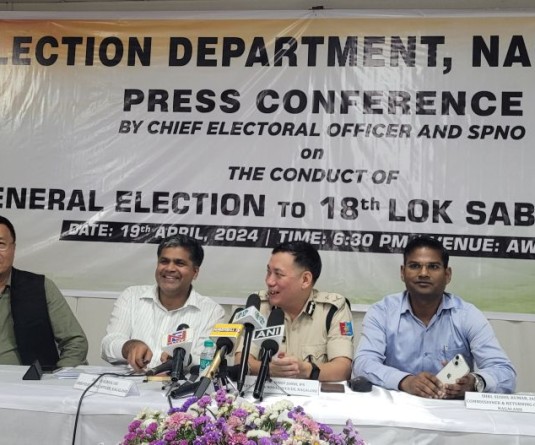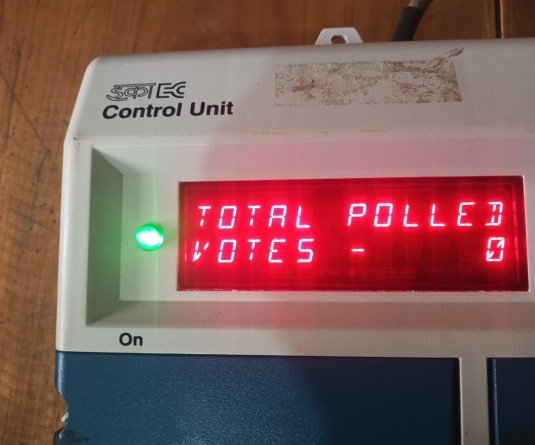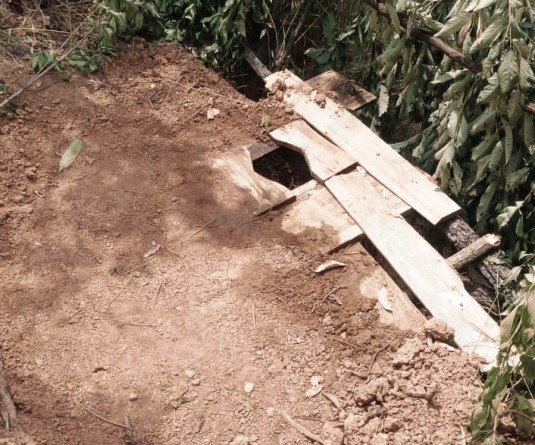
Capacity building programme for implementation of various waste and chemicals management rules concludes
Morung Express News
Dimapur | July 18
The second day of the capacity building programme for implementation of various waste and chemicals management rules under the scheme ‘Creation of management structure for hazardous substances” held here at Hotel Acacia focussed on Construction & Demolition Waste Management Rules 2016 and ‘Hazardous and other Wastes (Management and Transboundary Movement) Rules 2016.
Vice president, CDE Asia Ltd., Sanjay Singh, the resource person of the Construction & Demolition Waste Management Rules 2016, gave an introduction of the C&D waste Management Rules and also dwelled on the implementation of C&D waste management rules along with case studies.
The CDE Asia vice president said some highlights of 2016 policy developments are mandatory setting up recycling plants within 18 months in big cities, generators of waste required to segregate and dispose/store various wastes, heavy penalty on illegal dumping of C&D wastes, waste disposal plans before sanction of construction plans and, incentive on in-situ processing. He also informed that after IS-383 standard code was revised, the use of C&D wastes 20% to 100% use of C&D waste in cosnstruction now allowed.
Singh said CDE is the global leader in materials wet processing solutions and its innovative wet processing technology helps in recovering maximum value from challenging waste streams. He CDE’s solutions helps recover 80-100% of materials which were traditionally considered as waste products and more than 7500 tonnes per hour of C&D waste is recycled globally.
He also claimed that CDE’s solutions divert more than 15 million tonnes of chalenging wastes from landfills every year, generating more than 5 billion dollars revenue for its customers.
CDE has been designing C&D waste recycling plants since 2005, with its first plant in the UK. Presently CDE has plants in Germany, Australia, India, Norway and Aruba- a small island off the coast of Venezuela.
Singh further claimed CDE is a “green technology” and said it is a zero discharge system- no liquid or effluent is discharged to atmosphere; it is a zero waste system (bricks and blocks produced from sludge); it recovers and recirculates 95% of the water; product is delivered with low moisture to make it concrete ready; clean power is used with low energy requirement per ton of feed.
In the post-lunch session, ex-member secretary, Bihar State Pollution Control Board, Indu Shekhar Singh, spoke on Hazardous and other Wastes (Management and Transboundary Movement) Rules 2016. Shekhar Singh briefed on status of HW management in the country, roles and responsibilities of ULBs and stakeholders, identification of HW and recycling and utilization of hazardous wastes.
The capacity building programme of of six waste management rules (notified in the year 2016) for different stakeholders is aimed at effective implementation of these rules through scientific waste management.
It may be mentioned Dimapur is amongst the twenty cities in India selected by the Ministry of Environment, Forest & Climate Change for condcut of the capacity building programme. The programme sponsored by MoEF&CC, was organized by National Productivity Council in association with Dimapur Municipal Council.
The programme covered the six waste management rules (2016) including solid waste management, bio-medical waste management, E-waste management, hazardous and other waste management, plastic waste management and construction and demolition waste management.





